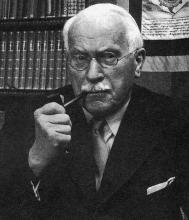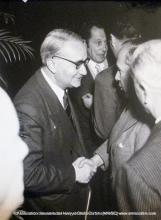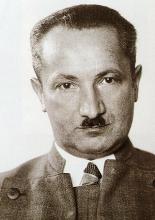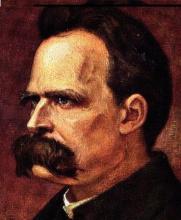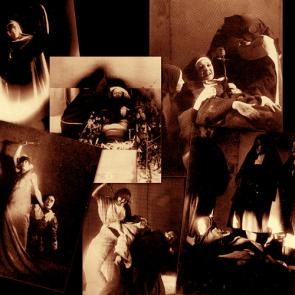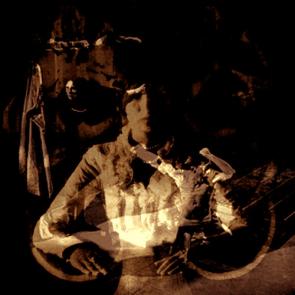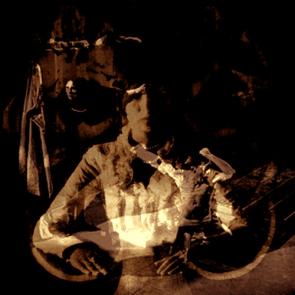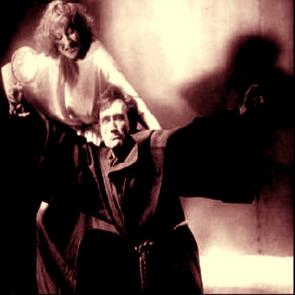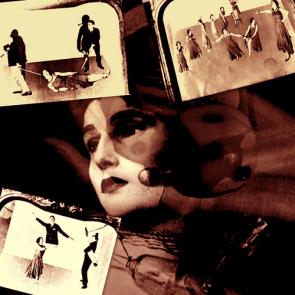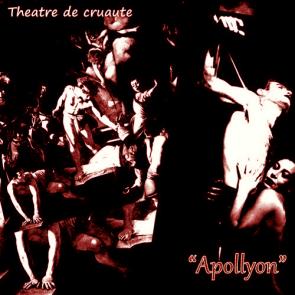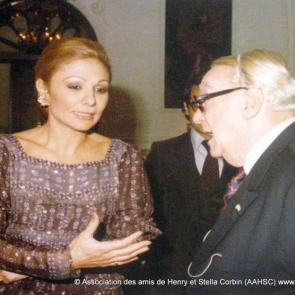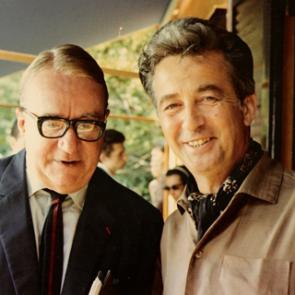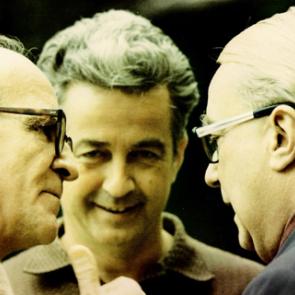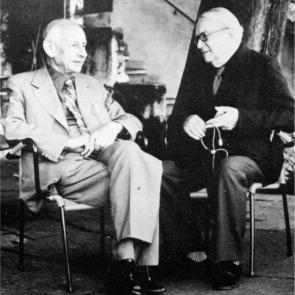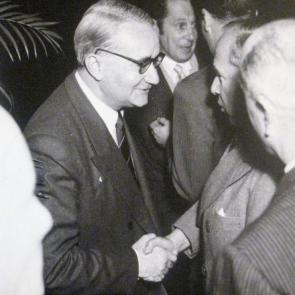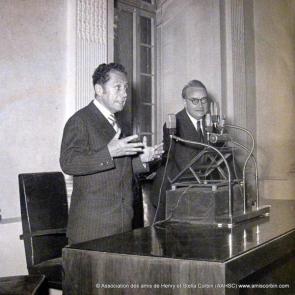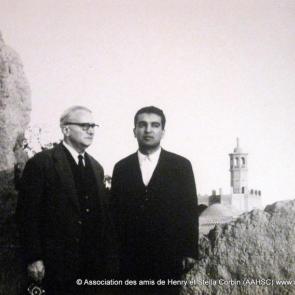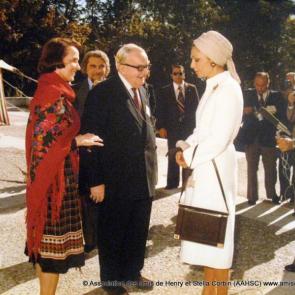Imaginaire
Лаборатория Исследований Воображения
Links Imagination Lab
- Centre de Recherche sur l'Imaginaire (CRI)
- Cattedra UNESCO . Cultural and Comparative Studies on Imaginary (ITALIE)
- Centre d’Histoire de l’Imaginaire (CHI) (Bucarest)
- The “Gaston Bachelard” Centre of Research in the Imaginary and Rationality
- Michel Maffesoli
- The Legacy of Henry Corbin
- Association des amis de Henry et Stella Corbin
- PHANTASMA. Centre for the Study of Imagination (Romanie).
- "Speculum" (Romanie)
- Myth Study Group, University of South Africa
- Grupo Compostela de Estudios sobre Imaginarios Sociales (Spain)
- Núcleo Interdisciplinar de Estudos sobre o Imaginário (Brazil)
- Centro de Estudos do Imaginário, Culturanálise de Grupos e educação (Brazil)
- Grupo de Estudo e Pesquisa sobre o Imaginário (Brazil)
- Núcleo de Pesquisa e Estudos sobre o Quotidiano, Imaginário e Saúdede Santa Catarina NUPEQUIS (Brazil)
- NUPLIN – Núcleo de pesquisa: língua, imaginário e narratividade (Brazil)
- Centre de Recherches sur l’Imaginaire Université Catholique de Louvain (France)
- Centre d'Etudes et de Recherche sur Imaginaire, Ecritures et Cultures – Université d'Angers (France)
- Cercle de recherches anthropologiques sur l'Imaginaire. Institut de Formation et de recherches en intervention sociale IFORIS. Angers (France)
- Groupe de recherche sur l'imaginaire de la fin - Université du Québec à Montréal (Canada)
- Chaire de Recherche du Canada sur la Dynamique Comparée des Imaginaires Collectifs – Chicoutimi (Canada)
- Centre de Recherches en Littérature Comprarée – Paris IV (France)
- Centre de Recherches sur l’Imaginaire de Montpellier - Montpellier III (France)
- Centre de Sociologie de l'Imaginaire – Montpellier (France)
- Laboratoire pluridisciplinaire de Recherches appliquées à la littérature - Bordeaux III (France)
- Histoires, archéologie, littératures des mondes anciens – Lille (France)
Links Apollyon Theatre
- Jean Cocteau website
- Jean Cocteau
- Encounter the art of Cocteau
- Olivier de Sagazan
- Workcenter of Jerzy Grotowski and Thomas Richards
- Teatro di Nessuno (Laboratorio Teatrale e Scuola di Teatro a Roma sulle tracce di E. Barba, J.Grotowski e T. Kantor)
- Alejandro Jodorowsky
- Stanisław Przybyszewski
- Bartabas Theater
- Bartabas Le Centaure et l'animal
- La compañía Zingaro Theatre Equestre (Paris)
- Bartabas La voie de l'écuyer Carcassonne Part 1
- Bartabas La voie de l'écuyer Carcassonne Part2
- Bartabas La voie de l'écuyer Carcassonne Part3
Фильмы:
